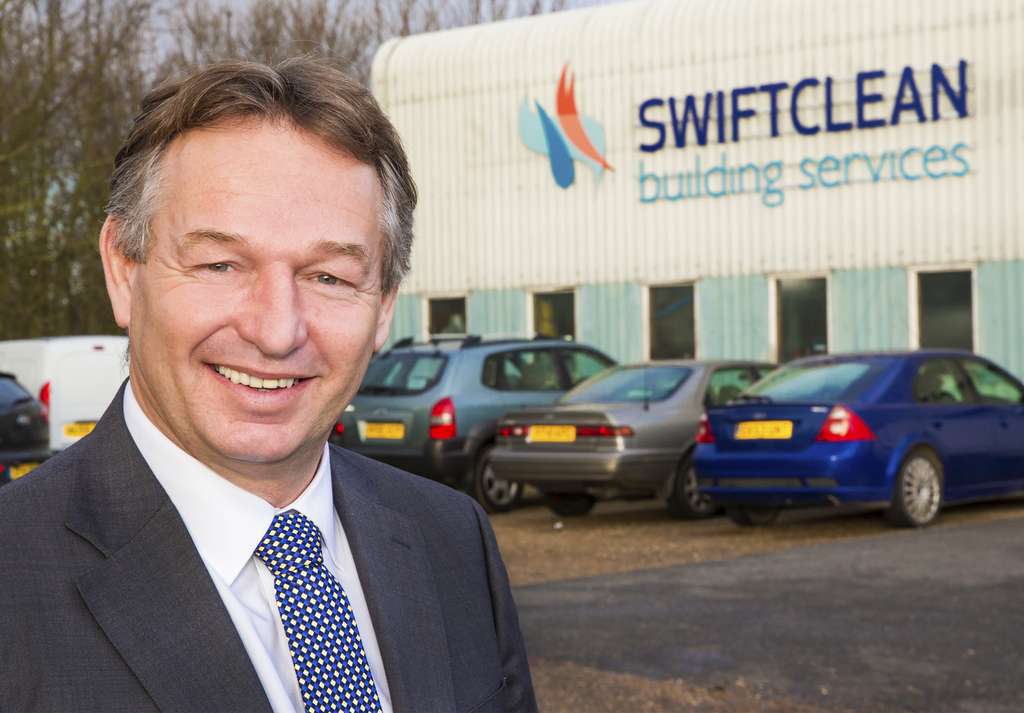

|
Chris Shaw
Editor |
| Home> | Events | >Facilities Matters | >Safety over style in ceiling design |
Safety over style in ceiling design
25 February 2019
Swiftclean Building Services, expert provider of fire damper testing and maintenance, and ventilation cleaning in compliance with BESA TB001 & TR/19, has called for greater concern for safety over aesthetics when it comes to ceiling design in commercial and public buildings and multiple residence properties.

“We are well aware that access hatches are not the most attractive items,” says Swiftclean MD Gary Nicholls. “However, they are absolutely vital for safety.”
The company says that its technicians frequently encounter situations in which cosmetic features such as plasterboard ceilings have been added to improve aesthetics, but which inevitably hinder essential ongoing cleaning and maintenance.
Compliance with TR/19, the leading guidance document on ventilation hygiene, issued by BESA, ensures legal compliance requirements are met in schools, hospitals, hotels and a wide range of public and domestic buildings across the UK. The annual drop testing and maintenance of fire dampers in accordance with BS:9999 is also a legal requirement under the Regulatory Reform (Fire Safety) Order for property owners and managers.
Despite this long term legal responsibility, in too many cases, says Swiftclean, additional bulkheads and false ceilings or other services are erected across installed ductwork, making it impossible for some buildings to comply with the law.
There is already a potential tension between the ductwork construction standard, DW144 and the ventilation cleanliness guidelines TR/19 in that, in practice, ongoing compliance with TR/19 requires access at more frequent intervals than is stipulated in DW144. If some of the access hatches installed in compliance with DW144 are subsequently covered over or obstructed, this makes it even more difficult or, in some cases, impossible, to comply with TR/19, potentially throughout the lifecycle of the building.
If the ductwork itself is visible, exposed or accessible through false ceilings, it is possible to retrofit additional access doors in order to achieve compliance with TR/19 and BS:9999. However, if, once the ductwork has been installed, it has been hidden behind fixed ceilings and walls, compliance can be highly problematic or prohibitively costly. In these cases, safety is definitely compromised, warns Swiftclean.
- Preventing, detecting and deterring waste crime
- The leading forum for facilities professionals
- A way out for outsourcing?
- Three-year Crown Estate contract
- The importance of environmental stewardship
- Equal to the task
- The pursuit of happiness
- Reaping rewards from reuse
- Give me five... ways to improve my reception service
- Entries open for 2019 IWFM Awards





















